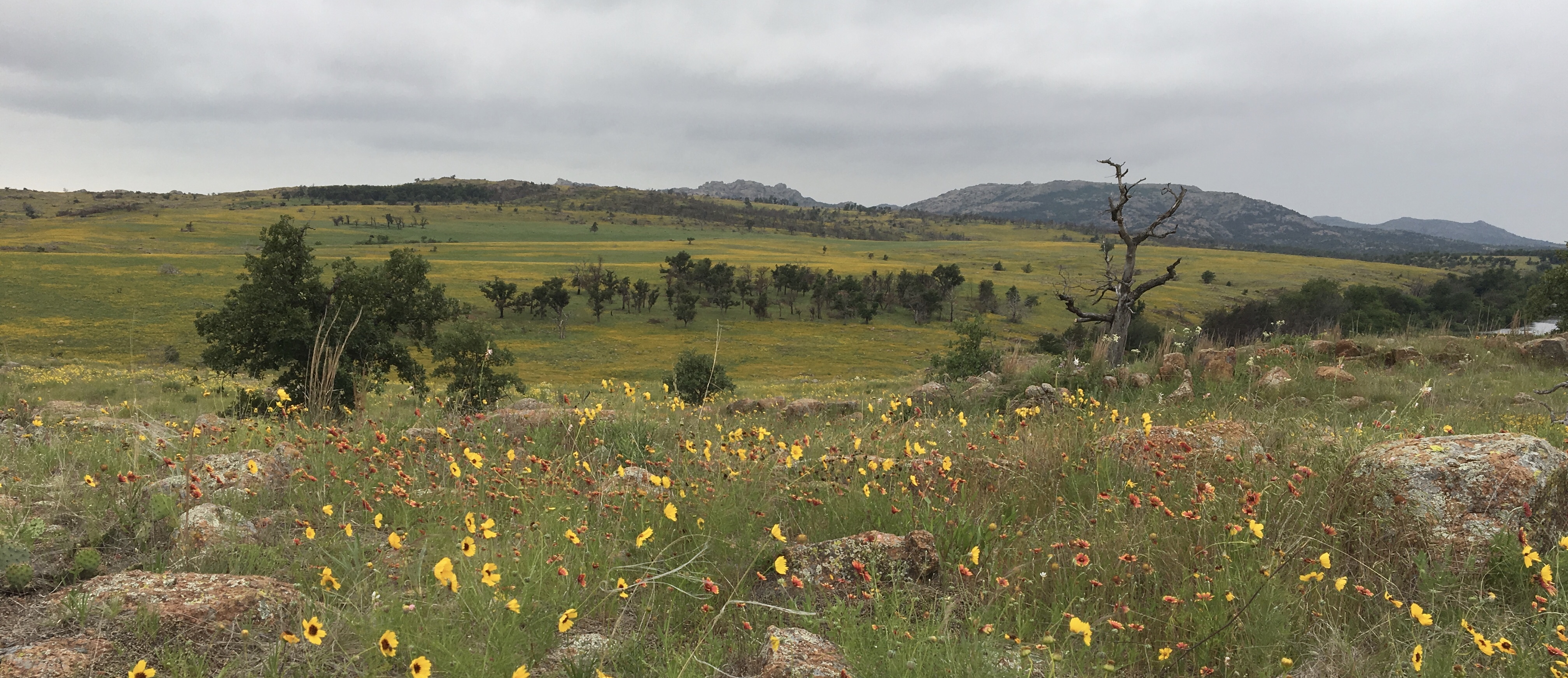Air Quality Rules & Planning
In response to the recent legislation, DEQ is reviewing the program’s implementing rules (OAC 252:100-49), which became effective on September 15, 2023, for any needed updates. DEQ Form #100-240, used to submit requests for approval of rebate claims, will also be updated. The statutory deadline for submitting rebate claims (including the $1,000 review and processing fee) for each fiscal year (July 1 to June 30) is the following December 31st. Following its review, DEQ will notify the Oklahoma Tax Commission (OTC) of its approval or denial of the rebate claim. OTC will then pay claims for approved ERPs from available funds in the applicable Oklahoma Emission Reduction Technology Incentive Revolving Fund.
Important note: The 2024 Oklahoma Legislature appropriated $50,000,000 (S.B. 1125) for deposit in the newly-renamed “Oklahoma Emission Reduction Technology Upstream and Midstream Incentive Revolving Fund.” Applicants should be aware that no funds have yet been appropriated or deposited to the newly-created “Oklahoma Emission Reduction Technology Downstream Incentive Revolving Fund.” AQD will complete its review of any rebate claims received by the deadline (including those previously received for FY23 ERPs), and notify OTC of its decision for issuance of rebate payments as available funds allow.
DEQ has primary responsibility and authority to prepare and implement Oklahoma’s air quality management plan under the Oklahoma Environmental Quality Act and the Oklahoma Clean Air Act (27A O.S. §§ 2-1-101 et seq.). The US EPA has authorized AQD to implement and enforce most of the federal Clean Air Act (CAA) programs under state statutes and rules.
The AQD Rules and Planning Section develops and manages proposed revisions to Oklahoma’s air quality rules through the rulemaking process, as well as creates plans, including Oklahoma’s State Implementation Plan (SIP), to protect the state’s air quality.

The AQD Rules and Planning Section proposes changes to Air Quality Rules (OAC 252:100) through the Air Quality Advisory Council, which consists of nine members appointed by the Governor to represent various Oklahoma stakeholders. After proposed rule changes have been made available for public review and comment, public hearings are held, usually as part of a council meeting. If a rule change is approved by the Council, it is recommended to the Oklahoma Environmental Quality Board. Once adopted by the Board, the new rules proceed to the State Legislature and the Governor for final approval. Permanent rule changes typically become effective the following mid-September.
Air Quality Advisory Council – including upcoming council meeting dates, proposed rules, and agendas, along with a list of current council members
Rule changes from the past few years and their effective dates – updated annually
Public Participation – including a Quick Reference Guide to Public Participation in the Air Quality Rulemaking Process
EPA issues federal New Source Performance Standards (NSPS) and National Emission Standards for Hazardous Air Pollutants (NESHAPs) to regulate emissions of air pollution. AQD annually incorporates these federal rules by reference into OAC 252:100-2 and Appendix Q. Once the state rules are effective, AQD requests delegation of the individual NSPS and NESHAP subparts from EPA. Delegation is a process whereby the state assumes primary responsibility in lieu of EPA for enforcing the provisions of the rule. EPA also codifies the delegation status of the Part 63 NESHAP rules in 40 CFR Part 63, Subpart E (scroll to Oklahoma).
AQD’s current delegation status can be found here:
Oklahoma’s State Implementation Plans (SIP) lays out goals, applicable rules, procedures, and emission standards to attain and maintain compliance with the National Ambient Air Quality Standards (NAAQS) for criteria pollutants (see NAAQS Attainment Status tab). The SIP is regularly reviewed and amended as necessary to accommodate changes in state and federal program requirements.
State Implementation Plan page – including Infrastructure SIPs (I-SIPs)
There are six criteria pollutants that act as indicators of air quality in this country: carbon monoxide, lead, ozone, nitrogen dioxide, particulate matter, and sulfur dioxide. The National Ambient Air Quality Standards (NAAQS) are the concentrations of these criteria pollutants, above which, adverse effects on human health may occur.
Areas where air pollution levels consistently stay below these standards are designated “attainment.” Areas where air pollution levels persistently exceed these standards are designated “nonattainment.” For the standards and the calculation used to determine attainment of a standard for a particular pollutant, please visit our NAAQS page. Oklahoma is currently in attainment for all six criteria pollutants.
Attainment designations for all states are listed in the Code of Federal Regulations. Oklahoma’s listings are contained in Title 40, Part 81, Section 337. EPA also maintains a list of nonattainment areas for all six criteria pollutants on their Green Book website.

Many of America’s national parks and wildlife areas are known for their amazing vistas. Unfortunately, haze caused by air pollution can degrade the visibility at these beautiful places. EPA’s Regional Haze Program is a long-term national program that aims to protect and restore these amazing vistas at Federal Class I areas, including Oklahoma’s Wichita Mountains Wilderness Area.
Smoke from prescribed and wildland fires release air pollutants like particulate matter and ozone precursors. Visit our Smoke Management page to learn more about reducing smoke impacts on public health and welfare.
While NSPS covers new sources, Clean Air Act (CAA) Section 111(d) allows EPA to regulate emissions from existing sources through emission guidelines. CAA Section 129 was added for solid waste incineration units. Emission guidelines are not direct regulations; states are required to implement and enforce these standards by developing regulations (OAC 252:100 in Oklahoma) and submitting plans to EPA.

